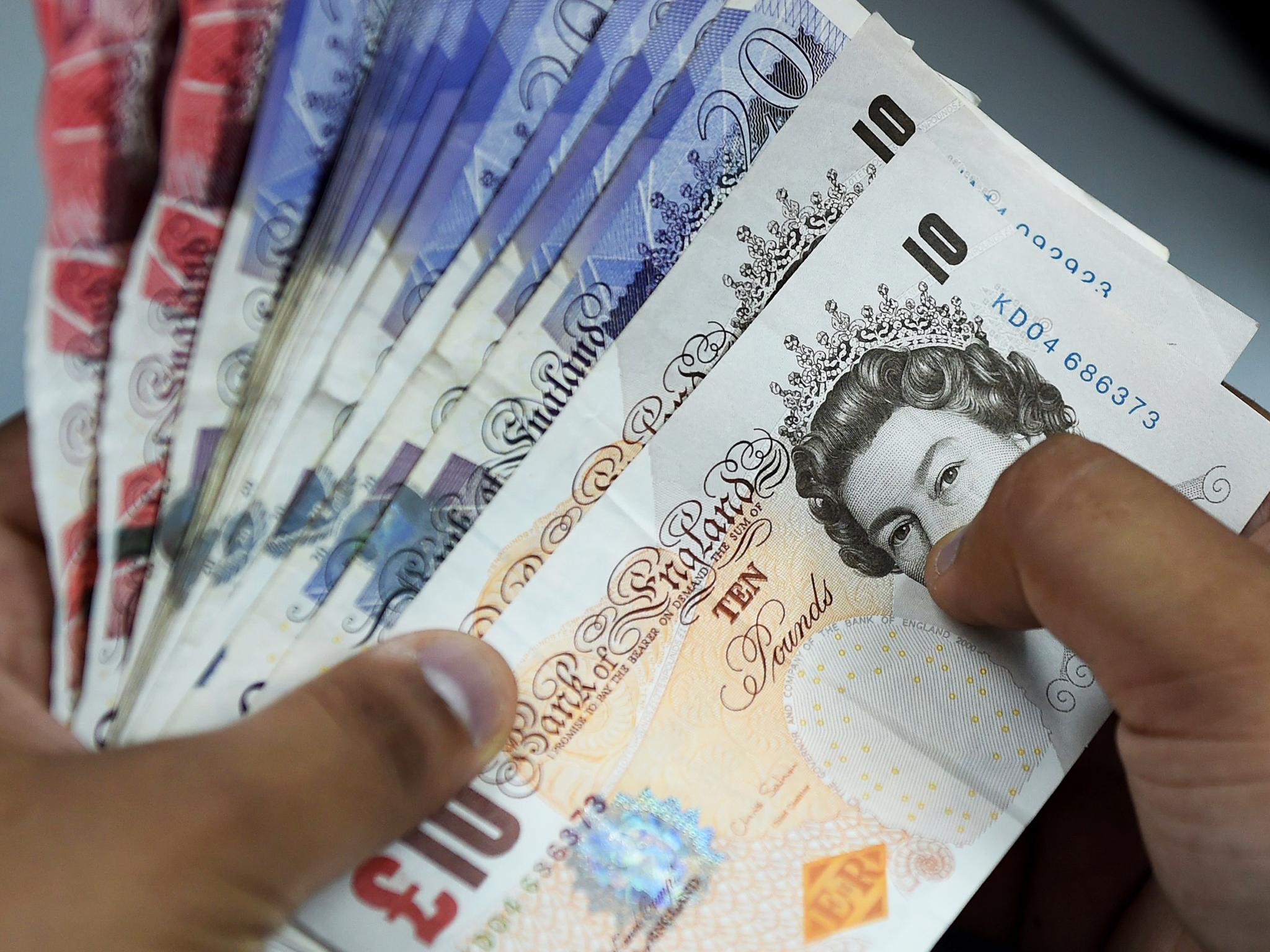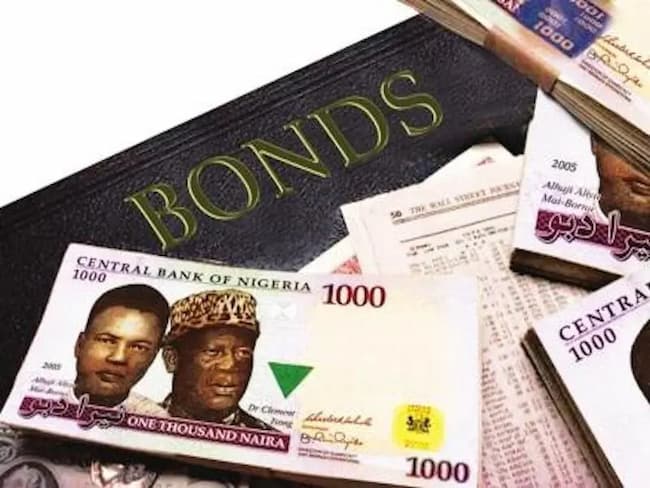The pound slipped against the euro to within a whisker of its weakest since September 2017, hurt by a rally in the single currency and concerns about whether Britain can secure a post-Brexit trading deal with the European Union (EU).
Sterling traded down to as low as 90.27 pence per euro, just below the 90.30 pence mark it hit earlier this month – its weakest in 11 months.
Against a broadly weaker dollar, the pound found some buyers however and rose to as high as $1.2861, up 0.3 percent on the day.
Sterling has had a tough August, whacked by mounting concerns Britain could crash out of the EU without new trading arrangements in place on its scheduled exit day in March 2019.
“Fears of a ‘no-deal Brexit’ are reaching fever pitch … Sterling has no support other than a bearish consensus and a low valuation,” said Kit Juckes, chief FX strategist at Societe Generale.
The biggest recent losses have come against a resurgent dollar, with weakness against the euro more contained.
Britain’s Brexit minister Dominic Raab this week said London could meet an informal October deadline to agree a deal, but has also laid out the government’s plans in the case of a no-deal and disorderly exit.
EU leaders expect to miss the deadline and are likely to have to hold and emergency summit in November to consider any Brexit agreement struck with Britain, diplomats in Brussels said this week.
Market analysts say most investors have already priced in a delay beyond October. Reaching a deal is also only the first of several hurdles the EU and UK need to clear, such as parliamentary ratification of any agreement, before the March 2019 deadline.
MUFG strategist Lee Hardman said his analysis saw sterling as currently carrying a four-to-five percent “Brexit risk premium”.
He said there remained the risk for further sterling weakness “the longer it goes towards year-end without a deal”.














